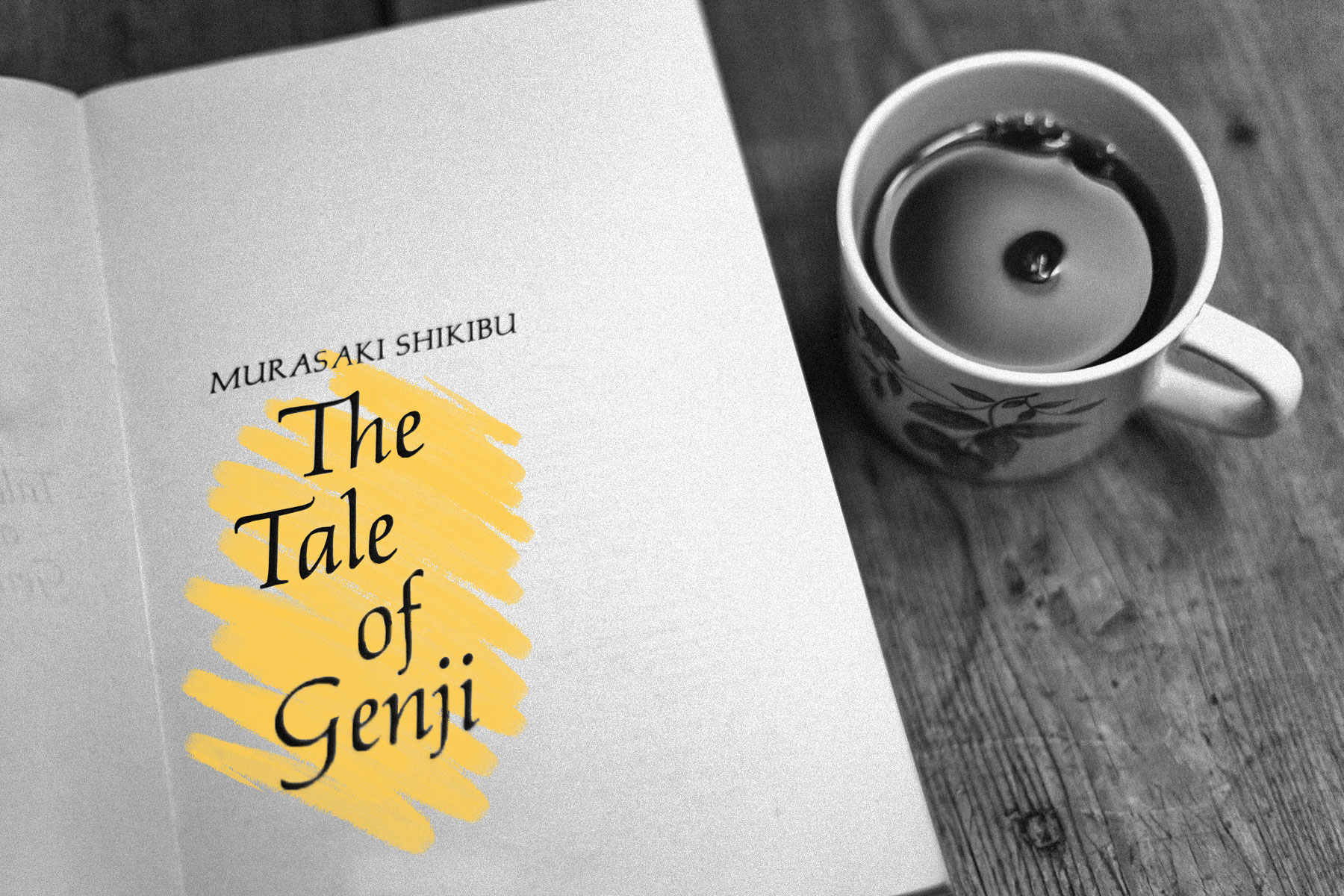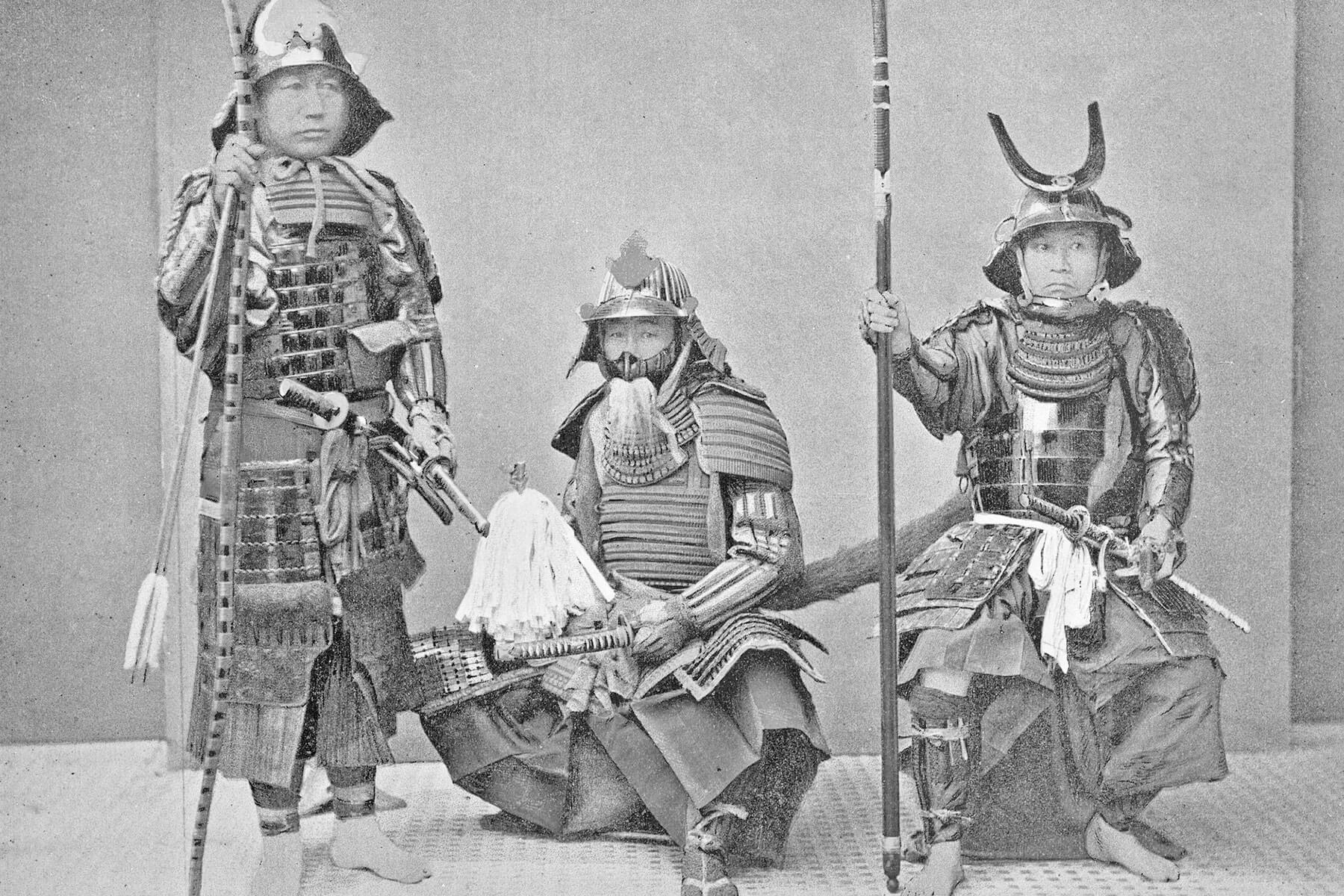Who wrote the world's first novel?
Wednesday, September 11, 2024
There's a good chance you already knew that The Tale of Genji was the world's first novel, but it's less likely that you knew it was written by a woman. |
| |
| |
|
 |
|
| T here's a good chance you already knew that The Tale of Genji was the world's first novel, but it's less likely that you knew it was written by a woman. Murasaki Shikibu, a lady-in-waiting at the imperial Japanese court, was the author in question, and she began a trend that lasted for centuries: women penning nearly all early literature that was written in the Japanese language. Aristocratic men eschewed their native tongue in favor of Chinese during the Heian period (794–1185), leaving women who were denied a formal education to rely on Japanese for personal and creative expression. The hiragana script, one of the language's three syllabaries, was even referred to as onna-de, or "women's hand." |
|
|
| Shikibu wasn't the only woman of her era to have a massive influence on Japanese literature. Of nearly equal importance were Sei Shōnagon, who wrote a book of observations on imperial court life called The Pillow Book, and the poet Izumi Shikibu. Considered by many to have been the foremost poet of her era, she's especially well remembered for love poems such as "If the One I've Waited For": "If the one I've waited for / came now, what should I do? / This morning's garden filled with snow / is far too lovely / for footsteps to mar." As the Heian period ended and the Kamakura period began, women found themselves in a lower position under the feudalistic government and had fewer opportunities to write. The literature of this era, which was written almost entirely by men, reflects the many wars that Japan experienced. |
|
 |  |
|
|
 |
|
| |
|
| Pages in The Tale of Genji | | | 1,300+ |
| | | Japanese writers who have won the Nobel Prize in literature | | | 3 |
| | | Japanese writers who have won the Nobel Prize in literature | | | 3 |
|
|
|
| Basic characters in hiragana | | | 46 |
| | | Poems written by Izumi Shikibu | | | 242 |
| | | Poems written by Izumi Shikibu | | | 242 |
|
|
|
 |
|
 | | Did you know? |
|
|
Haiku were originally part of longer poems. |
|
| The brief, evocative haiku has long been famous for its three-line structure and strict syllable count (five in the first line, seven in the second, five in the third). Though one of the world's oldest poetic forms, it wasn't originally intended as a stand-alone work. Haiku actually began as the opening of a renga, a "linked poem" written by several authors working together, which first appeared some 700 years ago. The first stanza was the hokku ("starting verse"), which consisted of three lines and 17 syllables and was written by one poet; the second stanza, composed by a different poet, was a couplet with seven syllables in each line. The third stanza mirrored the structure of the first, the fourth mirrored the second, and so on and so forth for as many as 100 stanzas. The haiku proved popular enough to eventually become its own form of poetry in the 16th century. |
|


posted by June Lesley at 4:02 AM











![]()
![]()







0 Comments:
Post a Comment
<< Home